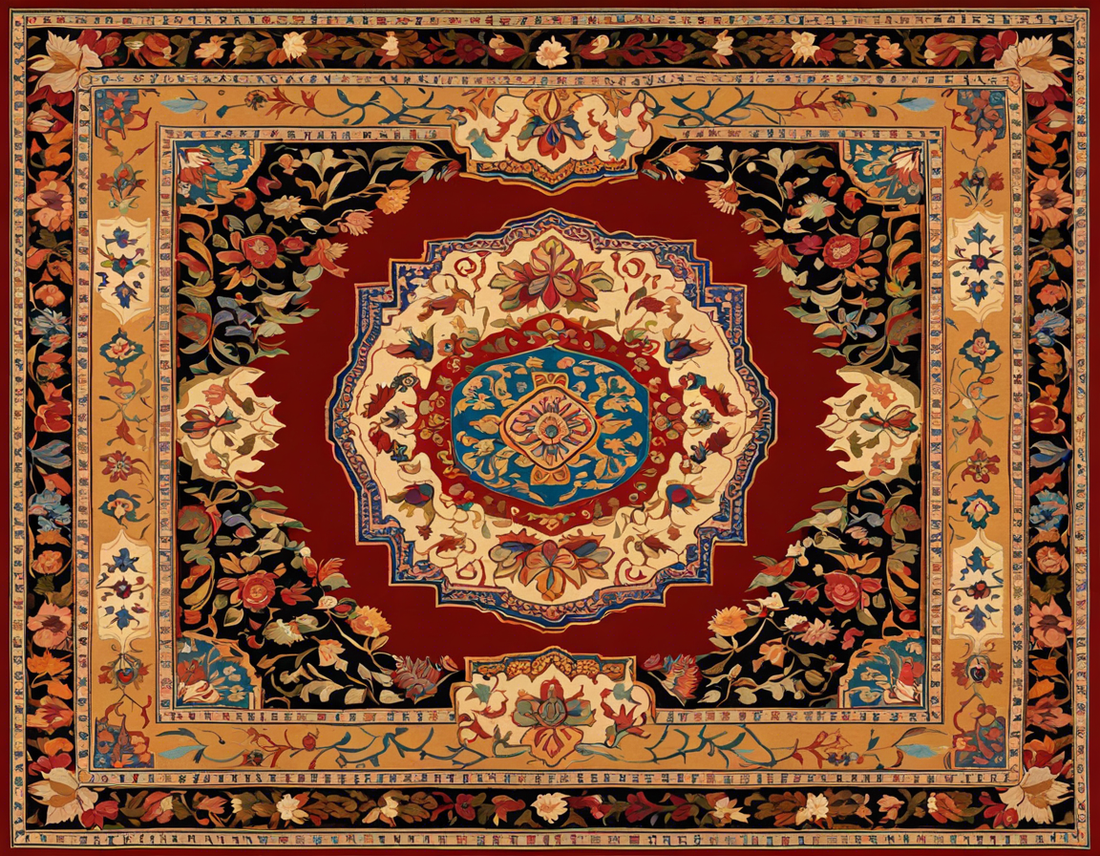
The Ultimate Guide to Hand-knotted Rug Making
Share
Creating exquisite, durable, and luxurious rugs involves a meticulous and intricate method that has been refined over centuries. The art of crafting these masterpieces involves skilled artisans meticulously tying individual knots by hand onto a sturdy foundation. This highly specialized process results in rugs of unparalleled quality and beauty. Each step, from selecting the finest wool or silk, dyeing the threads using traditional methods, to the labor-intensive knotting process, requires precision and expertise. The final product is not merely a utilitarian textile but a true work of art that embodies culture, tradition, and superior craftsmanship.
History and Origins of Hand-Knotted Rugs
- Antiquity in Weaving:
- Intricacy of Designs:
- Cultural Significance:
- Global Influence:
Materials and Tools Used in Hand-Knotted Rug Making
Creating hand-knotted rugs requires a meticulous selection of materials and tools to achieve the intricate designs and durable quality synonymous with these exquisite pieces.
- Yarn: The foundation of any hand-knotted rug, high-quality yarn ensures longevity and vibrant colors. Wool is a popular choice for its resilience and soft texture, while silk offers a luxurious sheen.
- Looms: Looms are essential for holding the warp yarn taut while the weft yarn is woven through, creating the rug's structure. Vertical looms are traditional for intricate hand-knotted rugs, allowing for precise patterns.
- Specialized Instruments: Tools such as shears, comb beaters, and shed sticks aid in the weaving process, ensuring even tension and precision. Shed sticks help separate the warp threads to create a shed for passing the weft yarn through.
- Weaving Knife: This tool is crucial for cutting the yarn after each knot is tied, ensuring the pile is consistent and even across the rug's surface.
By employing these essential materials and tools with skill and expertise, artisans can craft stunning hand-knotted rugs that stand as testaments to traditional craftsmanship and artistry.
Step-by-Step Guide to Hand-Knotting a Rug
- Preparing the Loom: The initial step in hand-knotting a rug involves setting up the loom, a frame that holds the warp threads under tension. These threads run vertically and will form the basis of the rug.
- Creating the Foundation: After the loom is prepared, weaving the weft - horizontal threads - through the warp is necessary to create a sturdy foundation for the rug. This foundational layer provides stability for the intricate knotting process.
- Tying the Knots: Hand-knotting involves tying individual knots around pairs of warp threads. The weaver uses various techniques to create different styles of knots such as the Persian knot or Turkish knot, depending on the design and region.
- Designing the Patterns: The final step showcases the creativity and skill of the weaver. By strategically placing colored yarns and knotting them in specific patterns, intricate designs like floral motifs, geometric shapes, or traditional symbols are brought to life in the rug.
Significance of Hand-Knotted Rugs in Modern Decor
- Timeless Appeal: Hand-knotted rugs boast a timeless appeal that transcends passing trends, providing a touch of elegance and sophistication to any modern living space.
- Versatility: These rugs are versatile decorative accents that can seamlessly blend into various interior styles, from traditional to contemporary, enhancing the aesthetic appeal of the room.
- Unique Charm: Hand-knotted rugs add a unique charm and character to modern decor, infusing warmth and personality into the surroundings, unlike machine-made counterparts.
- Investment Value: Beyond their aesthetic contributions, hand-knotted rugs hold investment value, with the potential to appreciate over time, making them a practical and rewarding addition to any home.
Semi-Antique Romanian | 9' x 12' Hand-Knotted PersianTabriz Design Wool Area Rug
Shop Semi-Antique Romanian | 9' x 12' Hand-Knotted PersianTabriz Design Wool Area Rug
Add a touch of traditional elegance to your living space with this stunning 9' x 12' Hand-Knotted Persian Tabriz Design Wool Area Rug. Made from 100% wool, this medium-piled rug features a beautiful geometric pattern in a rectangular shape, perfect for any room in your home. The rug is hand-knotted using the traditional knotting technique, making it a one-of-a-kind piece. The rug's authentic design and high-quality material make it a great addition to any home decor. It is perfect for adding warmth and texture to your bedroom, living room, or any other room. This original, semi-antique rug was handmade in Romania, and its production technique is knotting. Transform your space into a cozy and inviting place with this beautiful area rug.
- Material: 100% Wool
- Size: 9' x 12'
- Design: Persian Tabriz
- Style: Traditional
- Production Technique: Hand-Knotted
Price: USD 930.0
